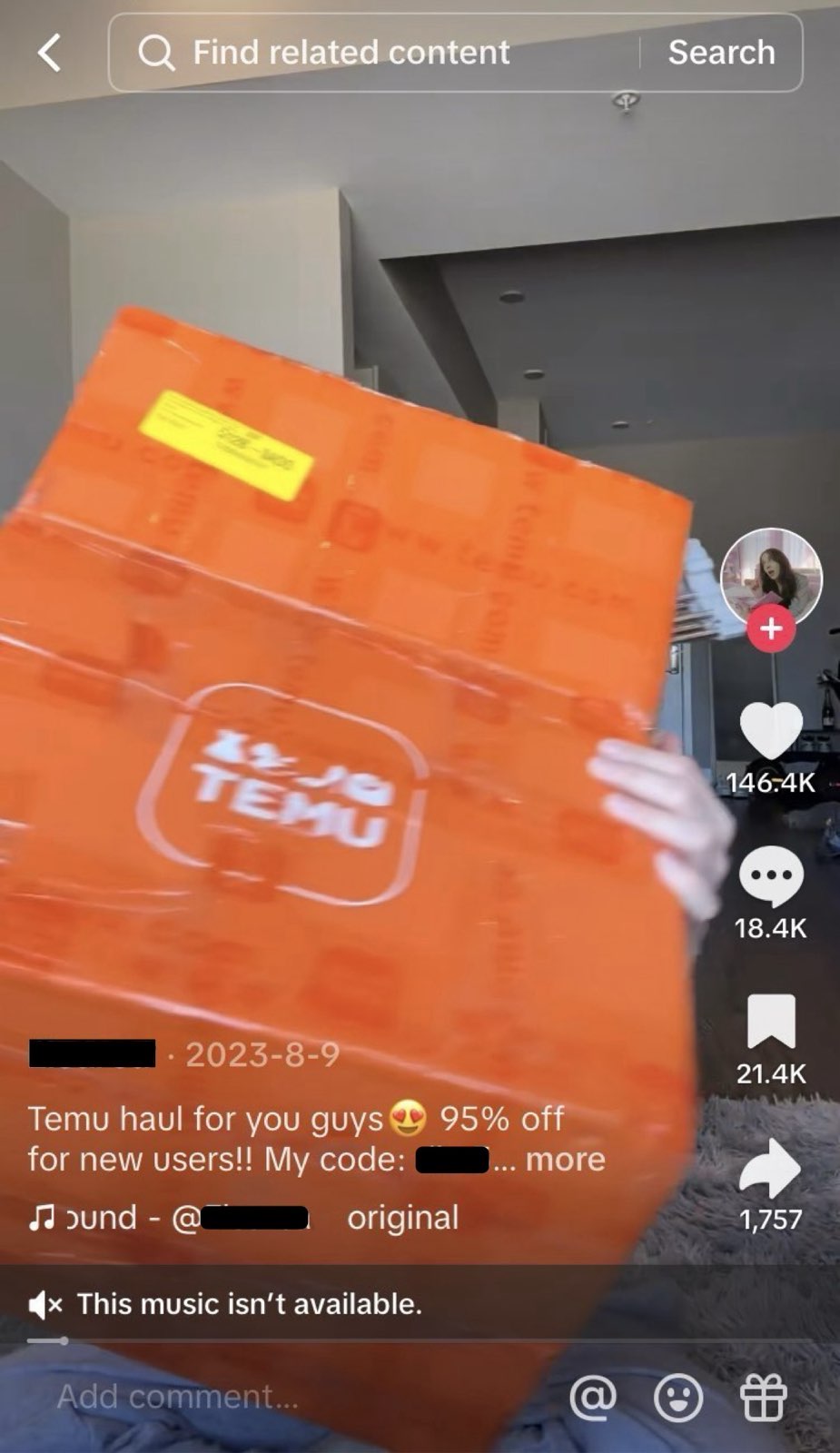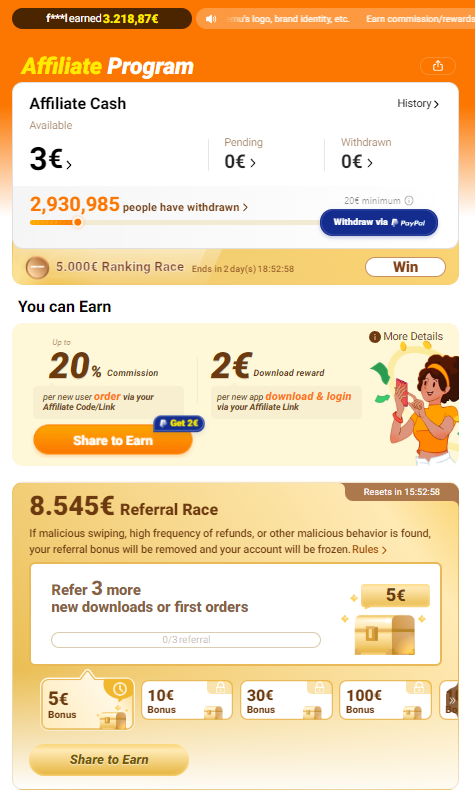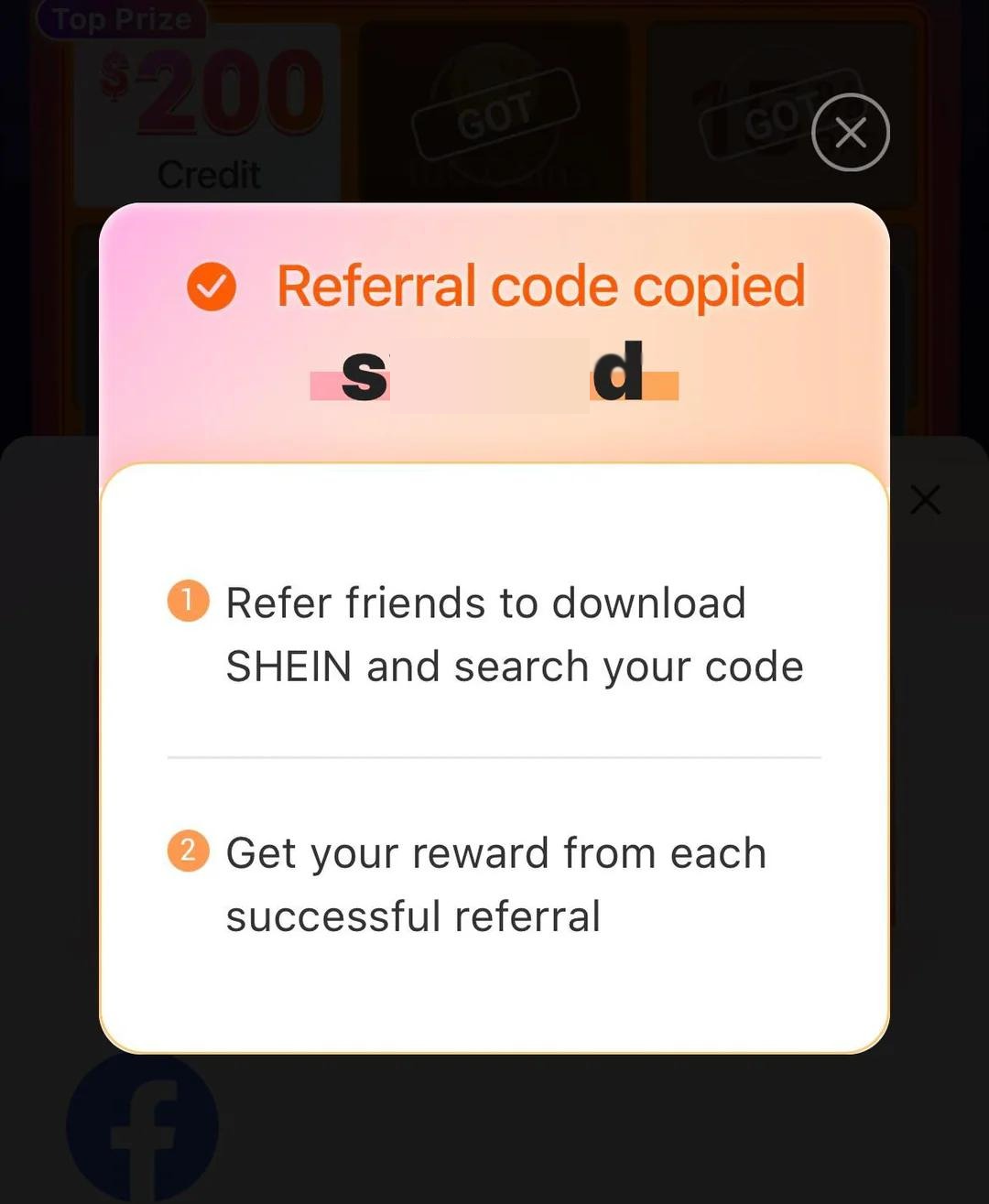🪙 Decoding Success: How Temu and Shein Rule TikTok with Promo Codes

The correlation between the surge in TikTok’s popularity and the prominence of brands like Shein and Temu has become increasingly noticeable. TikTok’s exponential growth in user base, particularly among younger demographics, aligns with the target audience of fast fashion brands. Additionally, the extensive use of TikTok as a platform for fashion-related content, including hauls, styling tips, and brand endorsements, underscores its significance as a promotional tool for fashion brands.
In this context, Shein and Temu strategically utilize TikTok’s large user base and considerable influence to boost their visibility and build a devoted following. Their promotional tactics, including collaborations with influencers, hosting live events, and implementing affiliate programs, demonstrate how digital platforms intersect with the fast fashion industry. It’s particularly notable how effectively these brands resonate with TikTok’s younger audience, showing that their marketing strategies align well with the platform’s user base.
We’ve previously written on Temu’s controversial design practices and its exploitation of TikTok’s logic for marketing purposes. In this post, we’re supplementing our earlier analysis with quantitative data on the successful marketing strategies employed by both Temu and Shein: influencer collaborations, and affiliate and referral programs.
Influencer Program
Both Shein and Temu actively encourage user-generated content by sharing customer photos and videos featuring their products. This approach fosters a sense of community and brand loyalty, as well as providing valuable social proof. Real individuals endorsing and enjoying the products enhance the brands’ credibility. User-generated content also serves as organic advertising, as satisfied customers share their experiences on their social networks, extending the brands’ reach. Rather than relying on well-known influencers, both Shein and Temu focus on engaging numerous “nano-“ or “micro-influencers” who meet a certain but modest follower requirement (e.g. 300 followers for Temu). Our survey findings indicate that among TikTok users who have been prompted to purchase something after seeing it on the platform, 50% have done so because they have seen the product in so many TikTok videos that they wanted to have it too.
In our dataset, compiled through automated data collection, more than 5000 videos contain the terms “Temu” or “Shein” in the video description. Together Temu und Shein are as present on the platform as Amazon in our data. However, our survey findings reveal a notable distinction: compared to Amazon, Temu and Shein enjoy significantly higher brand recognition among active TikTok users than among individuals not engaged with the platform, while for Amazon the use of TikTok does not have an effect on the company’s brand recognition.
Furthermore, the fact that only 26 videos out of more than 5000 are labeled officially as paid ads suggests that the marketing of those brands is primarily accomplished not through TikTok’s official advertising tools, but rather via influencer marketing. For further details on distinguishing between these advertisement types on TikTok, refer to our previous post.

Affiliate and Referral Programs
The screenshot above shows a typical haul video featuring products from brands like Temu, often accompanied by promo codes in the video descriptions for viewer discounts. This integration with affiliate partnerships and referral programs allows consumers to earn commissions by directing traffic to the brands. The widespread use of promo codes on TikTok has significantly contributed to the success of brands’ marketing strategies. Through affiliate and referral programs, brands effectively utilize shareable links and promo codes as a central element of their TikTok campaigns. Creators incorporate promo codes into their content, enticing viewers with discounts while also earning commissions for driving sales. This approach not only spurs immediate consumer engagement and boosts sales but also provides brands with insights into campaign performance.
In our user survey, 31% of TikTok shoppers admitted to using discount codes displayed on the platform. Moreover, promo codes are not confined solely to video descriptions but are widely disseminated within the comments sections of TikTok. Users can participate in brands’ affiliate programs with minimal entry requirements. For example, for Temu, there is no minimum follower requirement to join the affiliate program, and users are incentivized to do so by the prospect of swift earnings (”€2 reward for each download through the referral link”) and potentially large bonuses (such as a €5000 bonus). Moreover, the referral programs of both platforms are even easier to access. Every registered user can share their promo code without any specific entry requirements to earn rewards through referrals.


To understand how prevalent promo code sharing on TiktTok is, we analyzed the first 20-30 comments to approximately 116.000 videos. Our examination revealed a range of 3000 to 5000 comments containing a promo code for each brand, Temu and Shein, depending upon the precision level of the algorithm chosen to identify the promo codes in the comments. Using a more precise algorithm results in fewer codes being identified, while ensuring that those that are identified are accurate. This has to be taken into account, as we employed the most cautious algorithm. We pinpointed 4737 comments with Temu codes and 2776 comments with Shein codes, the actual numbers are likely higher given the used algorithm. Altogether, these 7513 comments containing promo codes were authored by 3166 unique individuals. The most frequently shared code appeared 133 times in our data, providing evidence that this engagement strategy is effective.
The histogram provided below represents the distribution of comments featuring promo codes under each video. While the comment section of many videos contain only one comment with a code, this could be due to our limited comment collection. Many videos contain 2 or more comments in the comment section, with some containing up to 88% of comments with codes out of the comments that we have scraped, demonstrating how some comment sections are flooded with promo codes.
n total there were 3444 videos with at least one comment containing a code for Temu or Shein. Only 31 of those videos are marked as paid promotion. Moreover, out of those videos, 2060 were categorized as related to Temu or Shein, while 1384 videos appeared unrelated to these brands based on their descriptions. This expands the reach of promo campaigns and shows how promotional content spreads naturally beyond specific brands.
Lack of transparency in (nano) influencer marketing
In summary, the strategic utilization of TikTok’s platform design by brands like Temu and Shein has demonstrated its effectiveness in expanding their reach, as evidenced by our survey results showing significantly higher brand recognition among active TikTok users compared to those not engaged with the platform. The prevalence of promo codes, evident in the abundance of videos and comments showcasing them, underscores the need for enhanced transparency in marketing practices on the platform. Additionally, the emphasis on small influencers and user engagement further amplifies the virality of these promotions, blurring the line between authentic content and sponsored promotion, often without clear labeling through the platform’s official advertisement tools.
Enjoy Reading This Article?
Here are some more articles you might like to read next: